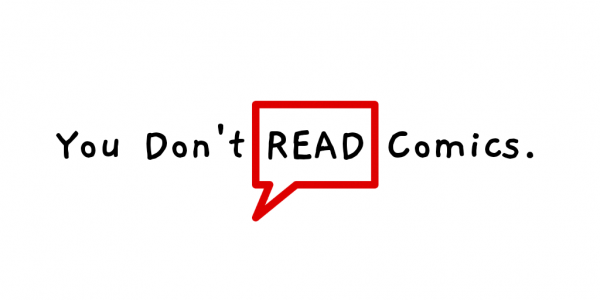Universal Monsters: The Mummy #2
Cairo. 1932. A tomb of an ancient Egyptian princess has been discovered. Helen isn’t exactly happy about the prospect of going to a party to celebrate the discovery. Her bones are there. Her remains are there. Nevertheless, she IS going to have to go to the party. She MUST put-in an appearance for the sake of Dr. Muller. She’s expecting a depressing, little bit of British barbarism. What she going to get is something altogether more terrifying in Universal Monsters’ The Mummy #2. Writer/artist Faith Erin Hicks continues her exploration of the classic horror movie franchise in an issue that is illuminated by thr color work of Lee Loughridge.
Helen is looking at the sarcophagus of the princess when a Frank Whemple introduces himself. He discovered the late Egyptian princess. She’s not exactly impressed to be in his presence, but he’s not without his charm. He describes himself as having fallen in love with the princess when he saw her for the first time. Fallen in love with an ancient dead princess? He might be interesting after all. Even the voice in Helen’s head seems to be a bit interested in the young man. The voice might describe the man as a “miserable creature,” but it wouldn’t be saying as much if it didn’t find him...memorable.
Hicks carefully renders a supernatural drama for the page. It’s not something that necessarily leaps off the page, but it doesn’t have to. Hicks knows that she’s working with some interesting angles on a traditional supernatural romance. Much of the draw of what’s being put to the page rests in intricate, little nuances that rest in and within bitts of dialogue and play with aspects of the imagination as they move forward into the shadows on the page. It’s interesting stuff.
Hicks’ script works as well as it does in large part because she knows exactly what it is that she needs out of the script to draw it to the page visually. As artist, Hicks is doing a beautiful job of rendering the period with the background and the fashions of the era. It all feels like it fits on the page quite well. And the drama is drawn onto the faces of the characters in question without having a meticulous amount of detail on the faces. This is quite an accomplishment given how, simply rendered it all is. There’s a minimalist approach to line work on the faces of the characters, but it all hits the page with a grea t deal of nuance thanks to deft work and line economy from Hicks’ art.
The deeply social nature of the horror that’s taking place in Hicks’ series makes for an interesting sort of action for the comic book page. It’s the sort of thing that tends to work a bit more fluidly in actor-based drama for stage or screen, but Hicks is bringing it to the comics page in a way that seems to be working quite well as the series makes it fluidly quite well.










